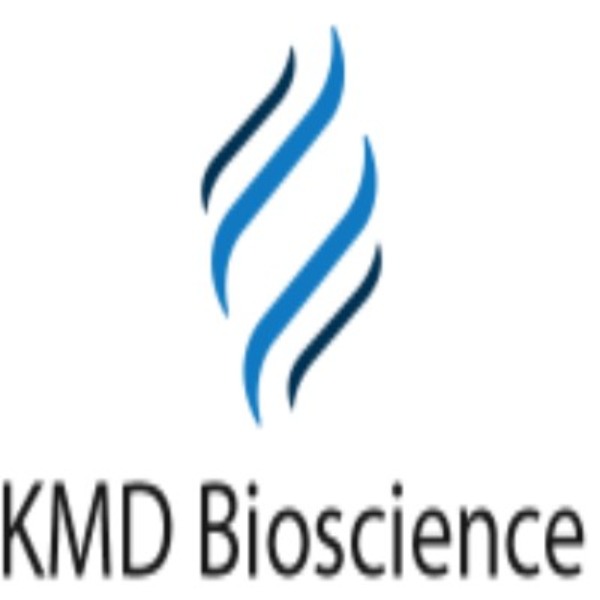What is the antibody humanization protocol?-KMD Bioscience
The antibody humanization protocol involves a series of technical steps designed to modify a non-human (often murine) antibody to resemble more closely the structure and properties of human antibodies, reducing its immunogenicity when administered to humans. This process retains the antibody's specificity and affinity for its antigen. Here's an overview of a typical antibody humanization protocol:
1. Selection of Parental Antibody
Objective: Identify a non-human antibody with high specificity and affinity for the target antigen.
Process: Screening and selection based on antigen-binding characteristics.
2. Characterization of the Parental Antibody
Objective: Understand the structure and binding properties of the antibody.
Process: Sequencing the antibody genes, determining the crystal structure of the antigen-antibody complex (if possible), and identifying the complementarity-determining regions (CDRs) and framework regions (FRs).
3. Selection of Human Framework
Objective: Choose a human antibody framework that is compatible with the non-human CDRs.
Process: Database search for human antibodies with similar framework sequences and structural compatibility with the parental antibody.
4. CDR Grafting
Objective: Graft the non-human CDRs onto the selected human antibody framework.
Process: Synthesize genes encoding the chimeric variable regions (human framework + non-human CDRs) and clone them into an expression vector.
5. Molecular Modeling and Optimization
Objective: Ensure the grafted CDRs adopt the correct conformation for antigen binding.
Process: Use computational modeling to predict the structure of the humanized antibody and identify any framework residues that might need modification to support the structure of the CDRs.
6. Synthesis and Expression of Humanized Antibody
Objective: Produce the humanized antibody in a suitable host system.
Process: Transfect mammalian cells (e.g., CHO cells) with the expression vector containing the humanized antibody genes, followed by culturing and purification of the antibody.
7. Verification of Antigen-Binding Affinity and Specificity
Objective: Confirm that the humanized antibody retains the antigen-binding characteristics of the parental antibody.
Process: ELISA, surface plasmon resonance (SPR), or other binding assays to compare the affinity and specificity of the humanized antibody against the target antigen with that of the parental antibody.
8. Optimization and Back-Mutation (if necessary)
Objective: Optimize the performance of the humanized antibody.
Process: Introduce back-mutations (selective reversion of certain framework residues to their original non-human sequences) or other modifications based on structural and functional analysis to improve antigen-binding affinity or antibody stability.
9. Preclinical and Clinical Development
Objective: Assess the safety, efficacy, and pharmacokinetics of the humanized antibody in preclinical models and clinical trials.
Process: In vivo studies in animal models, followed by phase I, II, and III clinical trials in humans to evaluate the therapeutic potential and safety profile of the humanized antibody.
This protocol outlines the complex and iterative process of antibody humanization, involving a combination of molecular biology, genetic engineering, computational modeling, and biophysical analyses. Successful humanization can lead to the development of therapeutic antibodies with reduced immunogenicity and improved clinical outcomes for patients.
- Like
- Reply
-
Share
About Us · User Accounts and Benefits · Privacy Policy · Management Center · FAQs
© 2024 MolecularCloud




